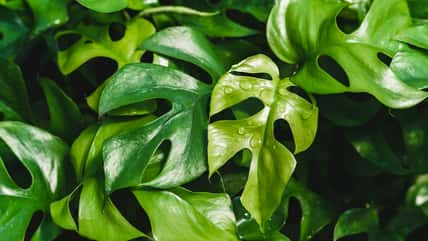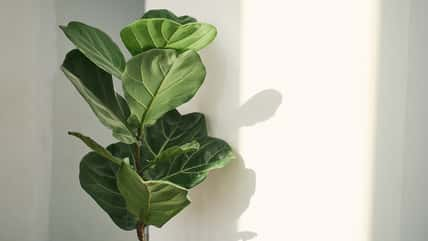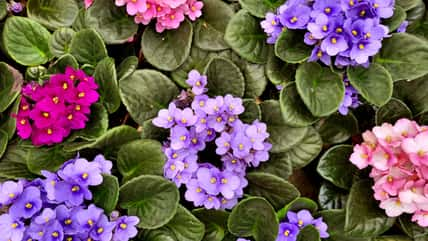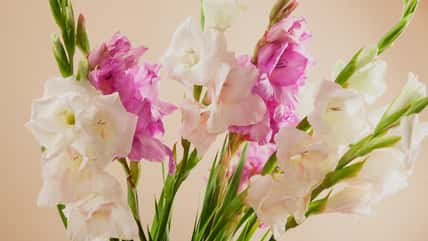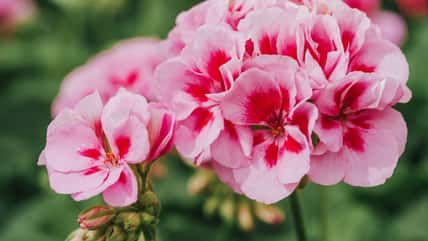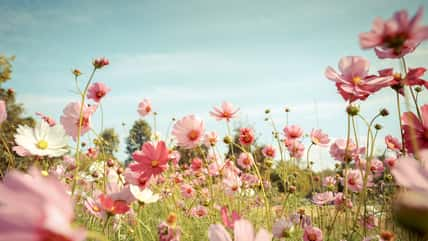One Simple Thing You Can Do To Live More Sustainably And Help Fight Climate Change Is To Start Composting

Are you looking for ways to live a more sustainable lifestyle? As I’m sure you must know, global warming is becoming a more pressing issue each day that passes.
However, there’s a lot we can do to reduce our environmental footprint. One simple thing you can do to live more sustainably and help fight climate change is to start composting.
Home composting is a win for everyone. It minimizes food waste and powers up your plants. The National Resources Defense Council cites that every month, about $150 worth of food is thrown out by an average family of four.
Composting can help with that! You don’t need to have a sprawling vegetable garden to get into composting–even a small container garden will work.
If you’re not quite sure where to begin, here’s a guide you can use to easily turn your food waste into compost.
First, gather your food scraps. The remaining bits of fruits and vegetables are ideal composting materials. Think banana peels, eggshells, used coffee grounds, and even tea bags. Dairy and meat products aren’t recommended, though. They can attract unwanted animals and pests.
Then, store your food scraps in a container so that they won’t stink up your kitchen. There’s a method to composting. You don’t want to just toss them into the dirt at random.
Now that you’ve got food scraps, you’ll need to select a spot to make your compost. If you have a backyard, you could make a pile of compost right there in the open. But if you prefer, you can throw your food scraps into an old trash bin to maintain your outdoor aesthetic.
In a smaller living space, such as an apartment, your compost bin can be a small cardboard box. Just make sure to remove any plastic tape, stickers, or anything that’s not biodegradable.
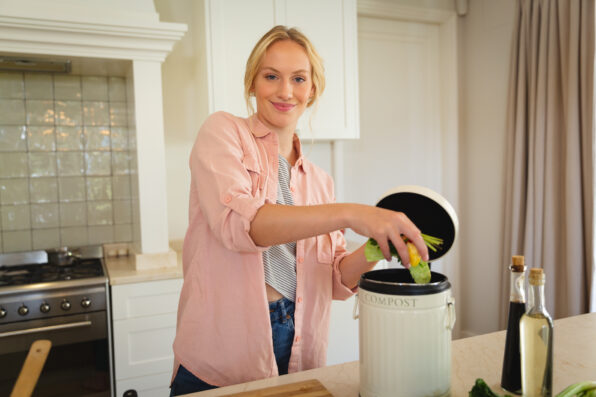
WavebreakMediaMicro – stock.adobe.com – illustrative purposes only, not the actual person
Next, make your compost mix. The two main components for this mix will be your “greens” and “browns.” The greens are wet ingredients like fruit and vegetable peels or grass clippings. They provide nitrogen, which is essential for plant growth.
The browns are dry stuff like pine needles, newspapers, and dried leaves. The brown materials should go toward the bottom of your compost pile because they help with air and water flow.
When layering your compost pile, follow a pattern of brown, green, brown, and green. The number of layers will depend on your space and the amount of food scraps you have, but overall, you want more browns than greens.
After that, all you really have to do is wait for decomposition to occur. To help the process along, regularly rotate the pile and make sure it’s getting adequate airflow. You want the pile to be damp but not sopping wet.
You’ll know your compost is ready to be added to your plants when it starts to release a fresh, green, earthy smell. If your compost smells like garbage, it’s most likely not decomposing because it’s too wet. If that’s the case, you may need to adjust your recipe.
If true crime defines your free time, this is for you: join Chip Chick’s True Crime Tribe
She Had A Brilliant Response To A Guy That Fat Shamed Her Simply For Being Pregnant
New Research Involving Hypnosis Shows That Thoughts Can Impact Tactile Perception
She’s Sharing A Dessert Recipe Passed Down To Her By Her Grandma, And It’s Called Butterscotch Lush
Sign up for Chip Chick’s newsletter and get stories like this delivered to your inbox.
More About:Gardening
